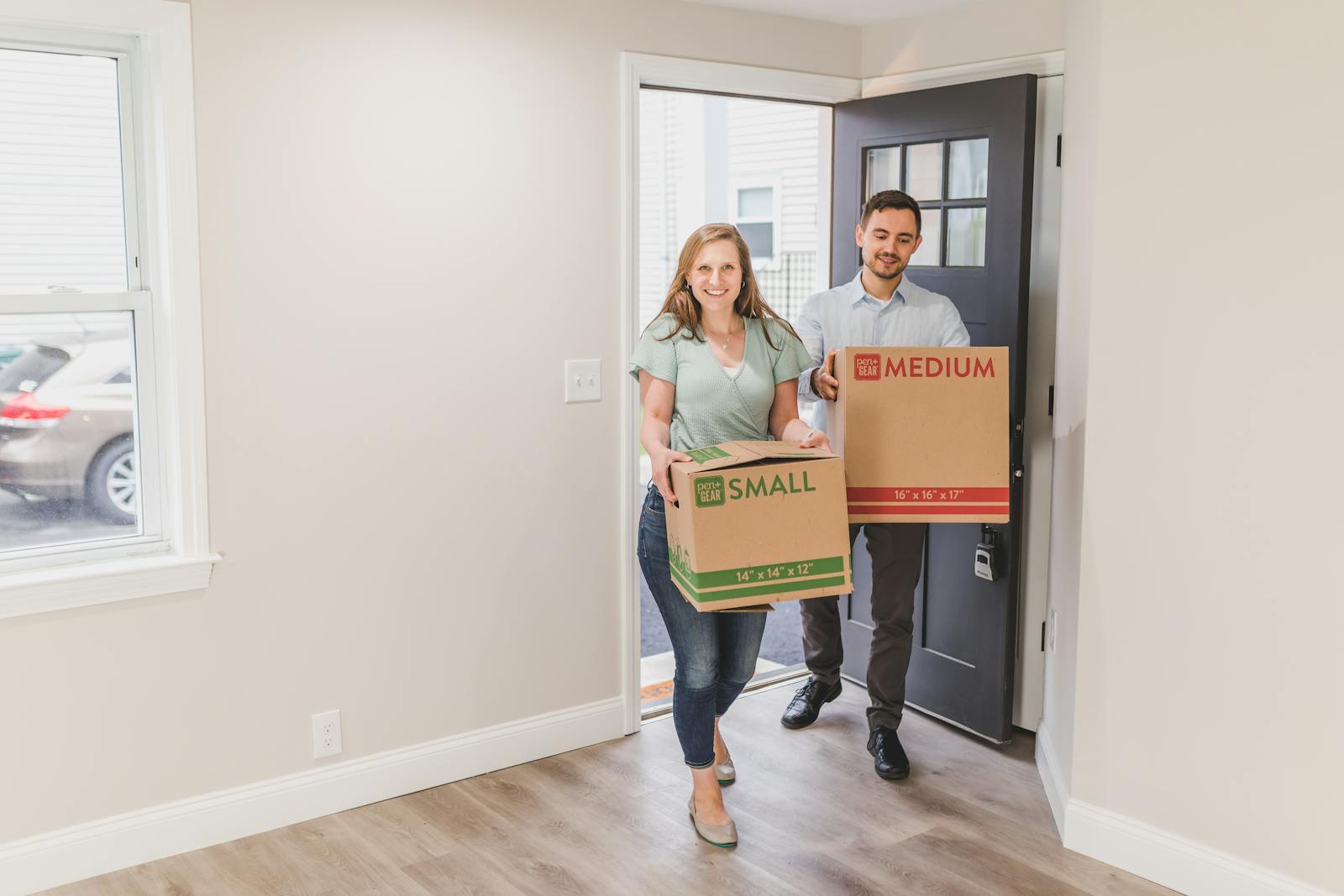Buying a home is one of the most significant financial decisions you'll make, and securing the right mortgage is a crucial part of the process. With so many options and terms to consider, navigating the world of mortgage financing can be overwhelming. To help you make informed decisions and secure the best deal for your home, here are some essential mortgage and financing tips.
1. Understand Your Credit Score
Your credit score plays a pivotal role in determining the mortgage rates and terms you’ll be offered. Here’s why it matters:
Credit Score Impact: A higher credit score typically qualifies you for lower interest rates, saving you thousands of dollars over the life of the loan. On the other hand, a lower score can result in higher rates or even difficulty securing a mortgage.
Check Your Credit Report: Before applying for a mortgage, check your credit report for any errors or discrepancies that could affect your score. Dispute any inaccuracies and work on improving your credit if needed.
Improve Your Credit: To boost your credit score, pay down existing debts, avoid taking on new credit, and make sure all bills are paid on time. A better score can open doors to better financing options.
2. Determine Your Budget
Understanding how much you can afford to borrow is essential before you start house hunting:
Calculate Your DTI Ratio: Lenders typically look at your debt-to-income (DTI) ratio to determine how much you can afford. Your DTI ratio is calculated by dividing your monthly debt payments by your gross monthly income. Most lenders prefer a DTI ratio of 36% or lower.
Consider Additional Costs: Remember that your mortgage payment isn’t the only cost of homeownership. Factor in property taxes, homeowner’s insurance, private mortgage insurance (PMI), and maintenance costs when determining your budget.
Get Pre-Approved: A mortgage pre-approval gives you a clear picture of what you can afford and shows sellers that you’re a serious buyer. It also helps you move quickly when you find the right home.
3. Shop Around for the Best Rates
Mortgage rates can vary significantly from one lender to another, so it’s essential to shop around:
Compare Multiple Lenders: Get quotes from multiple lenders, including banks, credit unions, and online lenders. Compare interest rates, loan terms, and fees to find the best deal.
Understand Rate Locks: Mortgage rates can fluctuate, so consider locking in your rate if you believe rates may rise before you close. A rate lock ensures that your interest rate won’t change during the lock period, which is typically 30 to 60 days.
Negotiate Terms: Don’t be afraid to negotiate with lenders. Ask about discounts, closing cost credits, or a lower interest rate. Even a small reduction in your rate can lead to significant savings over time.
4. Choose the Right Mortgage Type
There are various types of mortgages available, and selecting the right one depends on your financial situation and long-term goals:
Fixed-Rate vs. Adjustable-Rate Mortgages (ARMs): A fixed-rate mortgage offers predictable payments with a constant interest rate, making it a good choice if you plan to stay in your home for many years. An ARM, on the other hand, has a lower initial rate that can change after a set period. ARMs can be a good option if you plan to sell or refinance before the rate adjusts.
Government-Backed Loans: If you’re a first-time homebuyer, a veteran, or have limited funds for a down payment, consider government-backed loans like FHA, VA, or USDA loans. These loans often have lower down payment requirements and more flexible credit guidelines.
Jumbo Loans: If you’re purchasing a high-value property, you may need a jumbo loan, which exceeds the conforming loan limits set by Fannie Mae and Freddie Mac. Jumbo loans typically have stricter credit and income requirements.
5. Save for a Down Payment
A substantial down payment can help you secure better mortgage terms and reduce your overall loan amount:
Aim for 20% Down: While many lenders offer loans with lower down payments, aiming for 20% can help you avoid private mortgage insurance (PMI), which is an additional cost that protects the lender if you default on the loan.
Down Payment Assistance: If saving for a large down payment is challenging, explore down payment assistance programs, especially if you’re a first-time homebuyer. These programs can offer grants, low-interest loans, or deferred-payment loans to help you with the down payment.
Consider a Larger Down Payment: If you can afford to put down more than 20%, doing so can lower your monthly mortgage payments and reduce the total interest paid over the life of the loan.
6. Be Aware of Closing Costs
Closing costs are an essential part of the home-buying process, and they can add up quickly:
What Are Closing Costs?: Closing costs typically range from 2% to 5% of the home’s purchase price and include fees for the loan application, appraisal, title search, and more.
Request a Loan Estimate: Lenders are required to provide a Loan Estimate form, which details your estimated closing costs. Review this carefully to understand all the fees involved.
Negotiate Closing Costs: Some closing costs are negotiable, so don’t hesitate to ask the seller to cover certain costs or shop around for services like title insurance and home inspections to get better rates.
7. Plan for the Long Term
When choosing a mortgage, consider your long-term financial goals and how they align with your mortgage terms:
Think About Your Future Plans: Consider how long you plan to stay in the home. If you’re planning to move in a few years, an ARM or a shorter loan term might be more beneficial. If you plan to stay long-term, a fixed-rate mortgage could offer stability.
Extra Payments: If your budget allows, consider making extra payments toward your principal. This can help you pay off your mortgage faster and reduce the total interest paid.
Refinancing Options: Keep an eye on mortgage rates even after you’ve closed on your home. If rates drop significantly, refinancing your mortgage could help you lower your monthly payment or shorten your loan term.
Conclusion
Securing the right mortgage is a crucial step in the home-buying process, and understanding your options can help you make the best financial decisions. By knowing your credit score, shopping around for rates, and choosing the right mortgage type, you can ensure that you’re getting the best deal for your home. Remember, a well-planned mortgage strategy not only makes homeownership more affordable but also sets you up for long-term financial success.
With these tips in mind, you’ll be well-equipped to navigate the mortgage process and secure the financing that best meets your needs. Happy house hunting!








